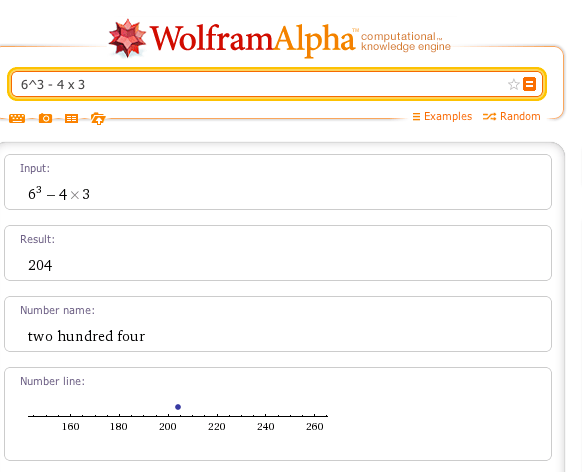
My third grade class is learning about decimals. Students have been identifying place value positions up the hundredths place. So far students have been successful in decomposing numbers into expanded form and using base-ten blocks to compare decimals.
Comparing decimals between the tenths, hundredths and thousandths proved challenging. I was finding that some student were perceiving that a larger number indicates a greater value (0.1 compared to 0.09). I asked students to place decimals on an actual number line. This was where we ran into a few problems. There was a disconnect between comparing decimals with symbols and comparing them on an actual number line. Students understood how to use the greater, less than and equal sign but became confused once hundredths were introduced. After running into this issue multiple times, I was starting to find that some students could compare decimals, but didn’t understand where to place them on a number line. Then maybe they didn’t understand the value in relation to a number line?
The next morning I ate my breakfast and paged through Teaching Student-Centered Mathematics, a book that I’ve been using this year. This resource is a gem and I highly recommend any middle school or even upper elementary teachers to add it to their inventory. After reviewing a few a few different options I came across an activity from NCTM (page 151) that was placed in the book. I thought this might be a worthwhile activity for my third graders. The project asked students to place decimals on a number line between 0 – 1. The project also asked students to explain why they placed each number in a specific location. I thought this might be a good way to assess whether students can translate their value of a decimal to a number line. That morning I asked students to use dice, create a number line and explain why they picked each point on the line.
I collected the projects and had to reevaluate whether to proceed with the next lesson. Some students knocked it out of the park with some fabulous answers, while others needed some work. Regardless, it was the high-quality feedback that I was looking for and I was able to quickly address misconceptions. That was an #eduwin situation.






Next week students will be adding and subtracting decimals. That should be interesting as my students use the partial-sums and traditional algorithms.





